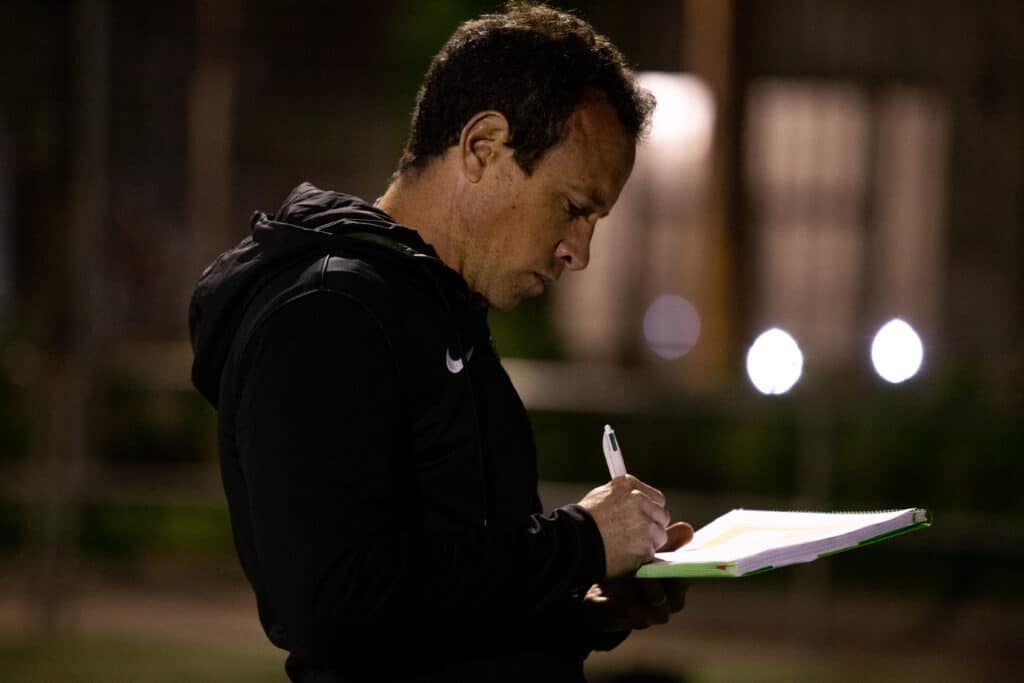The concept of the ‘internal logic of the game‘ is fundamental to understand the functioning and difficulties that players may experience in the developmental stage prior to football, known as EGO Stage 0 or Pre-football.
According to MBP (2014) and other authors such as Castelo (1999), the internal logic of the game encompasses different relevant aspects, and it is important to concentrate on them during training in order to enhance learning and recognise the difficulties that may emerge.
At MBP School of Coaches, we focus on the following aspects because of their relevance:
The logic of the regulatory factor.
This involves knowing, accepting and respecting the basic rules of football, such as the fact that the game is played with the feet and that contact with the ball using the hands or arms is prohibited, except for the goalkeeper inside his or her area.
It is also necessary to understand that the game is played with 11 players per team, or in small formats, depending on the competition and the age of the players. As well as that, the team that scores the most goals wins.
In the EGO 0 pre-football stage, many players do not master and respect these aspects due to lack of knowledge and understanding. Therefore, it is necessary to take them into account when looking for the development of players in this sub-stage and to design appropriate training to address these difficulties.
The logic of the playing space factor.
In football, two teams play against each other in a shared space, and it is important to know the limitations and characteristics of this space, as well as the specific areas of the pitch (penalty area, 6-yard box, penalty spot, etc.). In addition, the direction of play must be understood, i.e. which goal is being defended and which is being attacked.
The logic of motor communication
In football, where both the ball and the playing space are used simultaneously, it is essential to recognise opponents and teammates.
Players must be able to distinguish who to pass the ball to and where to pass it to, avoiding problems such as taking the ball from teammates instead of opponents. In addition, they must understand the movements involved in the game in order to communicate motorically with the other players, as football is a team sport.
The logic of the time factor
Unlike other sports where time is not a limiting factor, in football the management of time is crucial. Depending on the category and the needs of the players, playing time varies. It is important to understand and manage this factor as players develop.
Time control is often related to the score, and the combination of both elements can influence the risk-benefit assessment of maintaining or changing the advantages of the game.
Conclusion
In summary, the internal logic of the game in football encompasses aspects such as compliance with rules, knowledge of the playing space, motor communication and time management. These aspects are fundamental to understanding the game and overcoming difficulties that may arise in the developmental stage prior to football. Designing training that enhances the learning of this internal logic is crucial for the development of the players.








